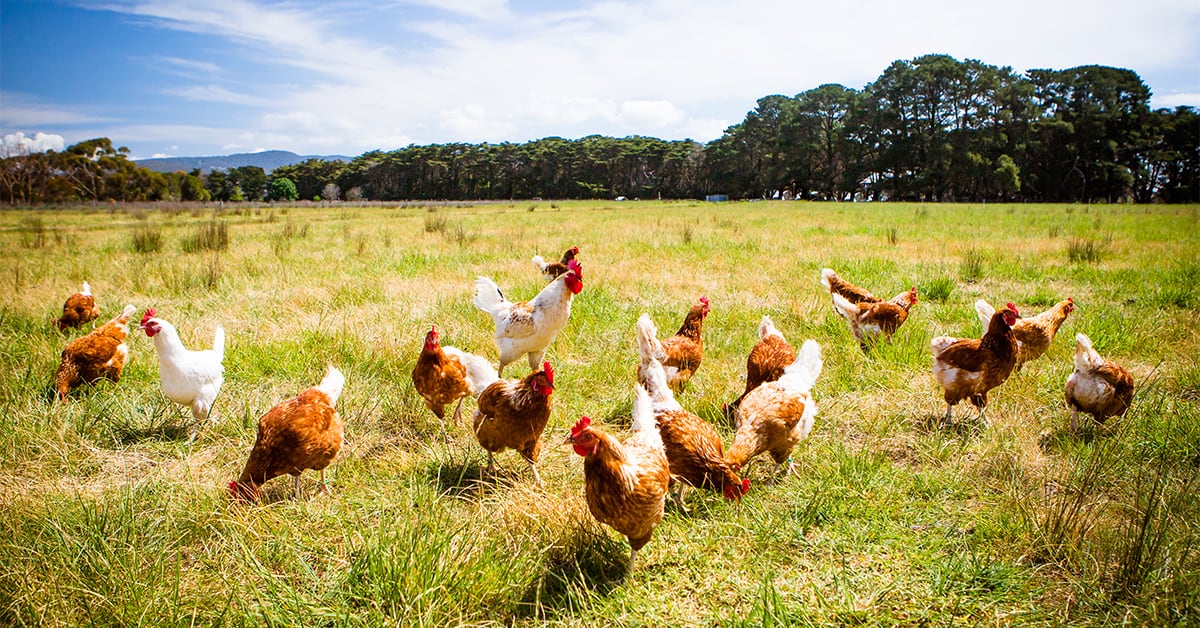The instances of avian flu in Ontario – there have been at least six cases, including one in Woolwich – is part of a growing issue.
Since the first cases were detected on an exhibition farm in Newfoundland and Labrador last December there have been three locations impacted in that province, along with four in Nova Scotia. There are now issues in Quebec as well.
There are both major similarities and differences between this virus and influenza that is transmissible from human to human, said Shayan Sharif, an immunologist in the department of pathobiology at the University of Guelph.
“If I were to put them in simple language, they are distant cousins in some regards, but they cause similar kinds of clinical signs in chickens. So influenza viruses cause similar kinds of signs and symptoms in chickens compared to humans. For example, it can cause tiredness; sometimes the infected chicken has a fever or a runny nose, sometimes they have diarrhea, etc,” said Sharif.
One key difference however is that the current H5N1 strain is highly likely to cause disease, with a high mortality rate, Sharif said.
“This is a highly pathogenic virus and it can cause severe disease, so much so that it can kill a chicken within 24 hours to 48 hours. You could go to that barn and we see the chickens or turkeys are quite happy – they are eating or drinking and flapping their wings – and the next morning you would go into the barn and you see a spike in mortality, and then within a matter of a few days or so the whole farm could actually be completely infected, meaning that all of them could die,” he explained
“It causes significant amounts of mortality and causes it in a rapid manner.”
While Sharif explained that there is a risk of farm-to-farm transmission, this particular strain has been transmitted via wildlife.
“We’ve been quite cognizant of the fact that wild birds in Canada have also become infected with this particular strain or variant of the virus,” he said.
Ingrid DeVisser, chair of the Feather Board Command Centre that represents Ontario’s four poultry boards, further explained that avian flu is spread through the likes of fecal matter airborne as droplets.
“We certainly have had wet, windy weather. So it is out there. We just have to be very vigilant about where we walk and where we go and just doing our utmost to be really careful about that,” DeVisser said.
Climate change could also be a factor in how it spreads, Sharif added.
“Migratory birds could actually change their behaviors in terms of when they migrate and how they migrate. Climate change has indeed impacted the breeding grounds and the wintering grounds, so as a result of that, sometimes they migrate later,” he said.
This later migration could lead to a comingling of bird species.
“As a result of that you might have transmission of viruses from one species of birds, to other species of birds, and perhaps a new species of birds in which they’ve never been exposed to the virus,” Sharif said.
The United States is also in the midst of their own outbreak, with millions of birds having been culled, however Sharif pointed to the quick action being taken on this side of the border.
“I hope that we are able to really nip this thing in the bud and be able to control it before it goes into other parts of the province, but you never know,” he said.
Producers are reacting as quickly as possible, said DeVisser.
“We’re doing our best to contain this as small a situation as we possibly can. And, we’re taking it as farmers and at the Featherboard Command Centre, very seriously, just being very vigilant and doing everything that we can to prevent that from happening,” she explained.
While Sharif said H5N1 could be problematic for the general public, the risk of that is low. This is not the time to be concerned about this subtype of influenza at the public health level, he said.
“We are very concerned about the health of our industry or our poultry industry. And at the same time, I have to say that the poultry industry is really in good hands,” he said.
Sharif explained there is no risk in eating poultry or eggs – heat kills the virus quite easily. The virus has very limited capacity for transmission to humans, meaning it is unlikely to gain the ability to transfer from person to person, he said.
“We want to keep it that way and make sure that it doesn’t have the capacity to jump around and go to various other places in Ontario. Certainly, we hope that it didn’t go into other provinces, because the more the virus has a chance to go into poultry the more chance it may have for mutation,” he said.
For DeVisser, education is key in stopping the spread.
“That’s why we’ve been talking about this for several months now, putting out advisories and saying ‘the birds are flying and just heighten your biosecurity.’”









